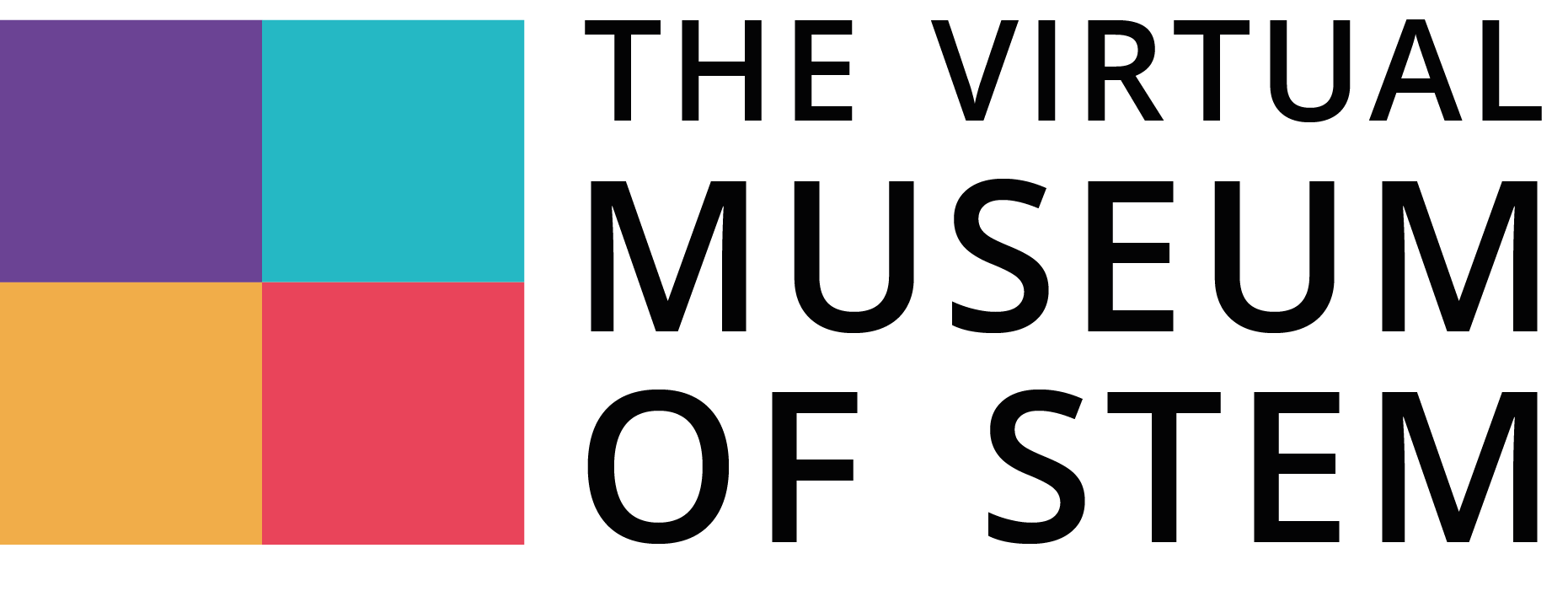How to design inclusive virtual learning environments?
This article is an excerpt from our Pedagogical Guide On Virtual Museums And Their Benefits For STEM, available in English, Croatian, French, Greek and Portuguese at http://www.vmstem.eu/index.php/resources/. Do not hesitate to read the whole guide to learn more!
One might wonder how a virtual learning environment could be a meaningful answer to overcoming the variety of barriers that can appear on a learner’s journey. The good news is that this is where design comes in. Let us dive into what can make a virtual learning environment inclusive, bearing in mind some principles to take into account during the process.
Designing a virtual experience that feels natural
Virtual learning environments are not limited to classic e-learning platforms that contain course content and quizzes. They can take forms that would feel more natural to a user who would not be used to digital school practices, as would be the case with a virtual museum. When designing such an environment, the key would be to create the virtual equivalent of a physical space where the user can understand how to move, navigate or look at different elements. In more practical terms, a virtual museum can be built from the immersive experience components of a video game, in particular:
- Giving a sense of agency to the user by allowing them to decide what to do,
- To provide enough space and time for the user to observe the elements at their own pace,
- To create a user-friendly visual identity,
- And, if relevant, to include sound and/or music.

Designing a learning space that is neither an eLearning platform nor a video game
However, a virtual museum or environment is neither an eLearning platform nor a video game, and not even something in between. The goal is for the user to be able to learn and to explore concept, without including tests, as in an eLearning platform, nor challenges, as a video game would. The advantage of not including any form or evaluation makes the experience more accessible to any learner who do not master the codes of formal education (Vodoz, 2010).
Additionally, a virtual museum does not have to hide its goal behind the false pretense of offering a “fun” learning experience like many serious games do, which is actually a strength, in the sense that badly conceived serious games that end up being too serious are generally not as engaging to the learner as they could be (Mons et al., 2020).
Finally, a research report by CNESCO (France’s National Center for the Study of School) on the integration of digital tools and practices in France’s school system identified the ability to “Present information, represent what was not known/could not be represented before represent before, enrich the information” as one of the pedagogical functions in which the use of digital tools had the most positive impact (Tricot and Chesne, 2020).
Making a museum accessible from anywhere to anyone
Students visit real museums to encourage them to discover new things and “speak” or interact with the subject studied. In addition, by taking a student out of the strict codes of the classroom, they can feel less pressured and more eager to discover things on their own, even on topics they would not feel comfortable tackling on their own. Virtual museum or learning environments can offer similar access opportunities, and reduce access issues to physical museums (distance, mobility, etc.).
However, one need that is true when bringing students to physical museums that carries on to virtual museums is that merely making museum content available online does not make it an inclusive experience. There is a need for guidance, which can be easily provided anytime in the case of a virtual museum, by offering descriptions of the elements exhibited or providing further resources for the learner to explore.
- Miraikan: Photo by Ryo Tanaka on Unsplash
- Mons, N., Tricot, A., Chesne, F., Botton, H. (2020) ‘Numérique et apprentissages scolaires : dossier de synthèse (the digital and schooleducation: study report)’. Available at: http://www.cnesco.fr/fr/numerique-et-apprentissages-scolaires/contributions-thematiques-du-dossier-numerique/
OECD (January 4th, 2006) ‘Glossary of statistical terms: Digital divide’. Available at: https://stats.oecd.org/glossary/detail.asp?ID=4719 - Tellier, M. (31/05/2020) ‘La fracture numérique n’épargne pas les jeunes (the digital dividedoes not spareyouth’, FranceCulture.Fr. Available at: https://www.franceculture.fr/numerique/la-fracture-numerique-nepargne-pas-les-jeunes
- Tricot, A and Chesné, J.-F. (2020). ‘Numérique et apprentissages scolaires : rapport de synthèse (the digital and schooleducation: synthesis report)’. Paris: Cnesco.
- Vodoz, L. (2010) ‘Fracture numérique, fracture sociale : aux frontières de l’intégration et de l’exclusion (Digital gap, social gap: sitting on the boundaries of integration and exclusion)», SociologieS[Online]. Available at : http://journals.openedition.org/sociologies/3333
